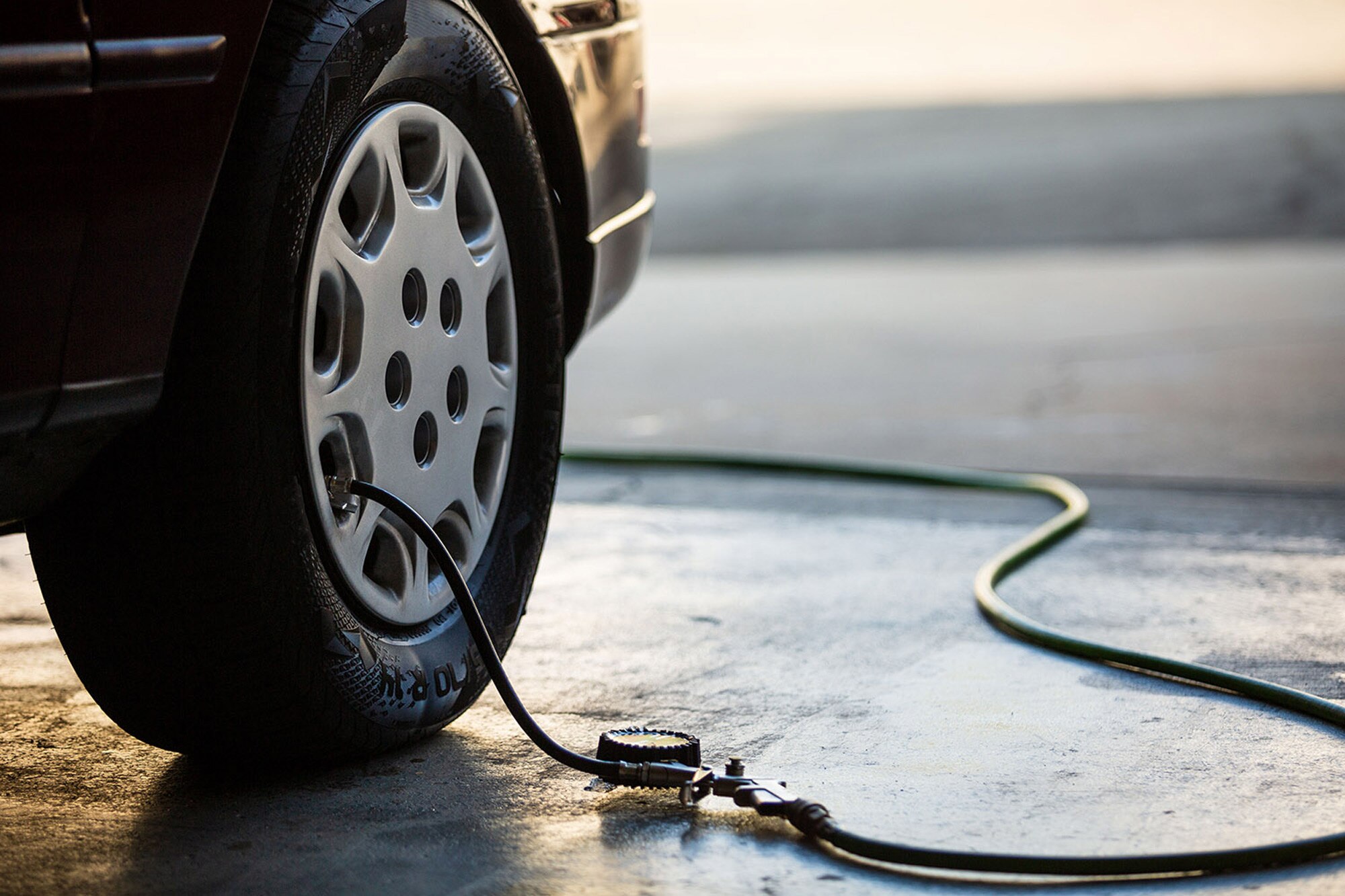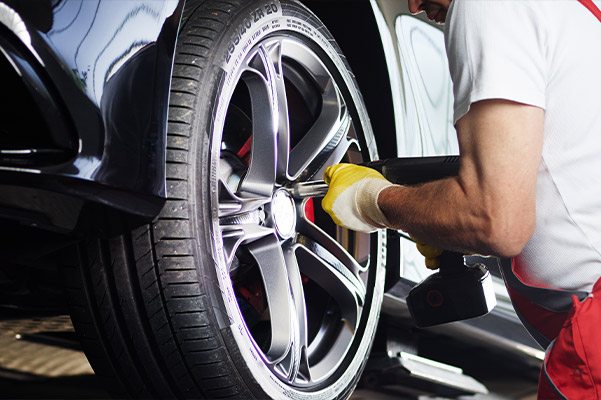Morris Tire: Exceptional Tire Solutions for All Cars
Morris Tire: Exceptional Tire Solutions for All Cars
Blog Article
The Web Link Between Tire Service and Gas Effectiveness
Amongst the various aspects that affect gas effectiveness, tire solution stands out as an important element that frequently goes forgotten. The elaborate partnership between tire maintenance and gas economy is a testament to the detailed workings of an automobile.
Relevance of Proper Tire Rising Cost Of Living
Correct tire inflation is an important factor in making best use of fuel effectiveness and making certain optimal car efficiency. When tires are underinflated, it develops more rolling resistance, triggering the engine to function tougher and melt more fuel to preserve the exact same speed. On the other hand, overinflated tires can cause a harsher experience, irregular tire wear, and lowered traction. To find the recommended tire pressure for your car, describe the proprietor's handbook or the sticker label situated on the vehicle driver's side door jamb.
Maintaining the correct tire stress not only improves fuel efficiency but also enhances driving safety and security. Effectively filled with air tires give much better handling, braking, and overall performance on the roadway. In addition, they contribute to extending the lifespan of the tires, conserving you money in the long run by reducing the regularity of substitutes. Consistently examining and changing tire pressure, specifically previously long trips, is a straightforward yet efficient way to maximize your automobile's fuel economy and make certain a smooth driving experience.
Impact of Tire Tread Deepness
Keeping the recommended tire stress is essential for optimal car performance and fuel efficiency; likewise, the walk deepness of your tires plays a critical role in guaranteeing security and grip on the road. Tire tread depth directly impacts the ability of your tires to grip the roadway surface area, specifically in damp or unsafe conditions. Consistently checking your tire walk depth and changing tires when essential is a basic yet efficient way to advertise both safety and security and fuel efficiency on the roadway.
Function of Wheel Alignment in Efficiency
Ensuring precise wheel alignment is essential for enhancing lorry effectiveness and maximizing gas economy. Appropriate wheel alignment includes readjusting the angles of the wheels to maker specifications, making sure that they are alongside each other and vertical to the ground. When wheels are misaligned, it can lead to unequal tire wear, increased rolling resistance, and lowered fuel effectiveness.

Furthermore, precise wheel positioning can also improve handling and stability, reducing the quantity of power needed to navigate the vehicle (morris tire). By reducing unnecessary rubbing and drag, correct wheel positioning plays a vital function in enhancing total lorry effectiveness and fuel economy. Normal wheel positioning checks and adjustments are essential for keeping ideal performance and making the most of gas cost savings
Connection In Between Tire Maintenance and MPG
An important facet of enhancing fuel performance in automobiles is the maintenance of tires and their straight effect on miles per gallon (MPG) Correct tire upkeep plays an essential duty in optimizing fuel economic situation. One essential variable impacting MPG is tire stress. Underinflated tires enhance rolling resistance, creating the engine to work harder and shed even more fuel. On the various other hand, overinflated tires reduce the call patch with the roadway, leading to unequal wear and decreased fuel performance. On a regular basis checking and preserving the proper tire pressure can dramatically improve MPG.
In addition, tire step deepness additionally affects gas performance. By making certain tires have ample step deepness, vehicle drivers can boost both safety and security and gas economic climate.
In significance, correct tire upkeep, including tracking tire pressure and tread deepness, is straight linked to achieving optimal MPG. By incorporating normal tire examinations and upkeep into a vehicle care routine, vehicle drivers can not just prolong tire life however also boost gas effectiveness, ultimately conserving cash and reducing environmental impact.

Tips for Fuel-Efficient Tire Treatment
Offered the critical useful link relationship between tire maintenance and fuel effectiveness, executing efficient techniques for optimizing tire care is vital to improving general vehicle efficiency. Turning tires at suggested intervals advertises even tread wear, boosting gas efficiency by ensuring all tires add similarly to vehicle efficiency. By integrating these fuel-efficient tire care pointers into a regular upkeep schedule, vehicle drivers can make best use of gas efficiency, lower operating prices, and extend the life of their tires.
Conclusion
Finally, proper tire solution plays a vital role in gas efficiency. Preserving correct tire rising cost of this page living, keeping track of step depth, and making sure wheel alignment can all add to taking full advantage of miles per gallon. By regularly preserving tires and adhering to fuel-efficient tire treatment tips, motorists can optimize their car's efficiency and reduce fuel intake. It is important to focus on tire upkeep to not only save cash on gas costs however additionally to promote overall automobile performance.
Report this page